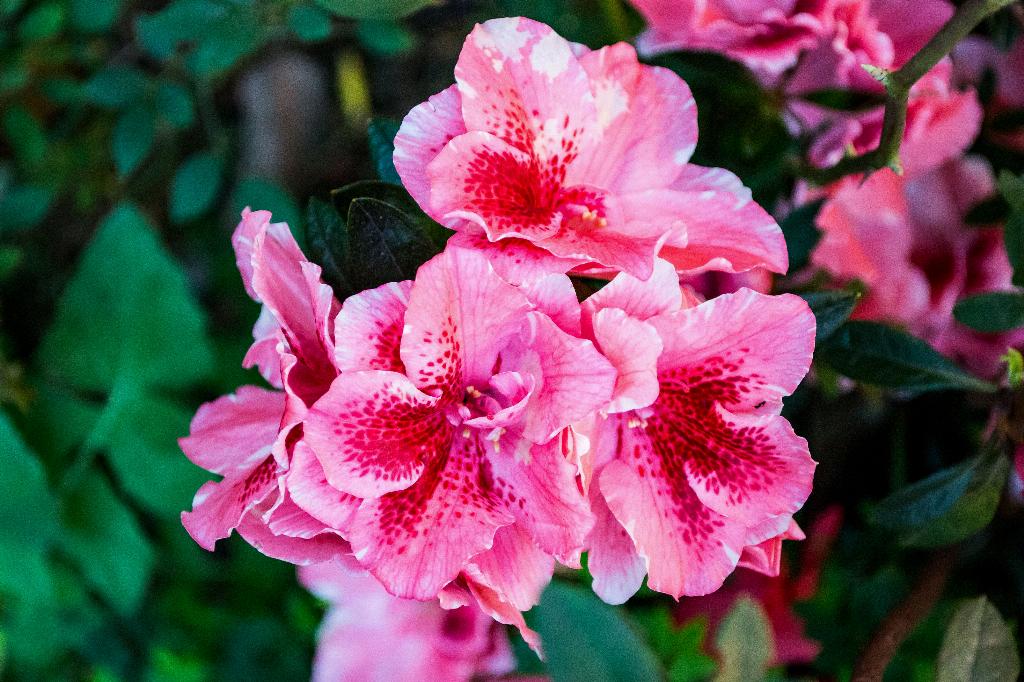When it comes to cultivating the stunning Hibiscus plant, one might often wonder if it is feasible to grow this beauty in pots. The good news is that Hibiscus can indeed thrive in containers, adding a touch of nature’s vibrancy to even the most compact spaces.
The Appeal of Growing Hibiscus in Pots
One of the main advantages of growing Hibiscus in pots is the versatility it offers. Whether you have a small balcony, a patio, or a deck, these pots of Hibiscus can act as a breathtaking focal point, brightening up your living space with their colorful blooms.
Essential Elements for Successful Hibiscus Growth
To ensure that your potted Hibiscus thrives, there are a few key elements to keep in mind. Firstly, selecting the right type of container is crucial. Opt for a pot that provides ample space for the plant’s roots to spread and has drainage holes to prevent waterlogging.
The Role of Rich Soil and Proper Drainage
When it comes to potting Hibiscus, using nutrient-rich soil is paramount. This ensures that the plant receives the necessary nutrients for healthy growth. Additionally, proper drainage is essential to prevent water from stagnating around the roots and causing damage.
Understanding the Watering Needs of Potted Hibiscus
Watering is a critical aspect of caring for potted Hibiscus. These plants require consistent moisture, so be sure to water them regularly, especially during the warmer months. However, it is important to avoid overwatering, as this can lead to root rot.
The Importance of Adequate Sunlight
Hibiscus plants are sun-lovers, so it is essential to place your potted Hibiscus in a spot where they can receive ample sunlight. Ideally, they should receive at least 6-8 hours of sunlight daily to ensure optimal growth and blooming.
Feeding and Fertilizing Tips for Potted Hibiscus
Feeding your potted Hibiscus with a balanced fertilizer during the growing season can help promote abundant flowering. Look for a fertilizer specifically formulated for flowering plants and follow the instructions carefully to avoid overfeeding.
Pruning and Shaping Your Potted Hibiscus
Regular pruning is essential to maintain the shape and size of your potted Hibiscus. Remove any dead or damaged branches, as well as spent flowers, to encourage new growth and blooming. Pruning can also help improve air circulation within the plant.
Protecting Potted Hibiscus from Pests and Diseases
Keep an eye out for common pests such as aphids, spider mites, and whiteflies that may target your potted Hibiscus. Inspect the plant regularly and take measures to control any infestations promptly. Additionally, practicing good hygiene and avoiding water on leaves can help prevent fungal diseases.
Winter Care for Potted Hibiscus
During the winter months, it is important to provide adequate protection for your potted Hibiscus. If you live in a cold climate, consider bringing the plant indoors or placing it in a sheltered area to shield it from frost. Reduce watering and fertilizing during this period to allow the plant to rest.
Enjoying the Beauty of Potted Hibiscus
With proper care and attention, growing Hibiscus in pots can be a rewarding experience. Watching these vibrant flowers bloom and thrive in your living space can bring a sense of joy and tranquility. So, embrace the beauty of potted Hibiscus and create a mini tropical oasis right at home.
In Conclusion
Ultimately, the answer to the question “Can Hibiscus be grown in pots?” is a resounding yes. By providing the necessary care, attention, and ideal growing conditions, you can successfully cultivate these stunning plants in containers, adding a touch of elegance and color to your home environment.

